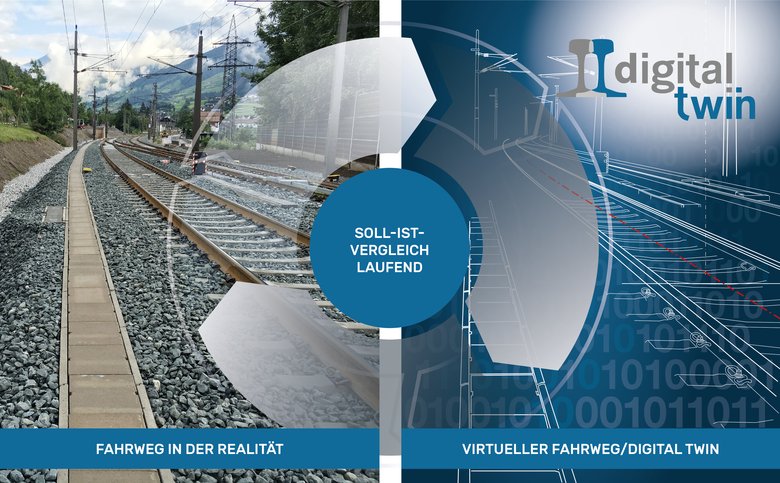How does a track maintenance machine think?
Definition/Explanation
Artificial Intelligence…
The collective term “Artificial Intelligence” refers to the automation of intelligent behaviour and machine learning. Using search algorithms and neural networks, machines imitate the way humans think when solving a problem. A neural network consists of artificial neurons and works similar to the human brain. The fields of application are diverse.
The short form of Artificial Intelligence is AI.
How does a track maintenance machine think?
This question raises another question: “Is a track maintenance machine actually capable of thinking?” Yes, it is. Artificial Intelligence (AI) enables machines to learn from experience and adapt to new information and tasks. This requires machines to think autonomously. Artificial neural networks allow Plasser & Theurer machines to extract information and find generalised solutions.
Plasser & Theurer has used AI for the development of the turnout tamping assistance system. To allow the system to support the machine operator in his complex task, it needs to analyse the track area in front of the tamping machine in detail. This makes it possible to tamp the designated area and to detect obstacles such as cables and other objects reliably - to prevent damage to both the machine and the infrastructure.
The analysis of the tamping area is critical in the development of an intelligent system. The track section to be analysed can vary widely, making the use of conventional algorithms almost impossible. To meet this challenge, we use a branch of artificial intelligence that has been growing rapidly: artificial neural networks. In a learning phase, they extract the relevant information from all data available. This ability makes artificial neural networks stand out. This allows us to develop a generalised solution to the problem, which is tolerant toward changes.
Plasser & Theurer uses algorithms that can differentiate between obstacles and the tamping area and supply exact information about the type of obstacle. The systems reliably detect not only sleepers and rails but also complex objects such as turnout roddings, rail fastenings and cables.
The turnout tamping assistance system benefits the most from the algorithm’s generalisation ability. Learned data provides the basis. However, it is possible to robustly extrapolate learnings to unknown areas. This is how we ensure usability for different surroundings and under varied conditions.





![[Translate to Spanisch:] [Translate to Spanisch:]](/fileadmin/_processed_/a/9/csm_202109_Visualisierung_beim_Stopfen__1__f0921ecd25.png)



